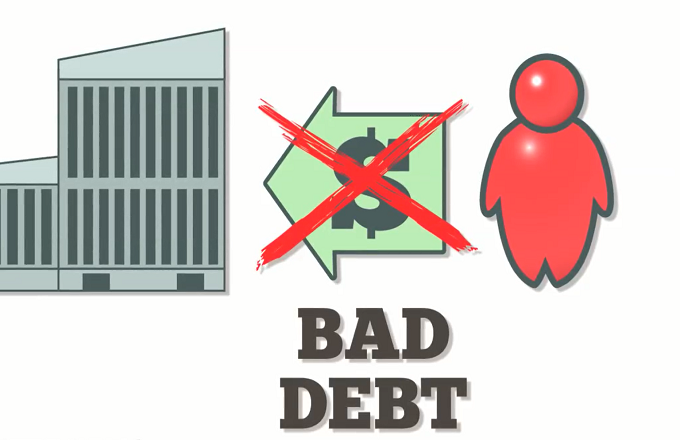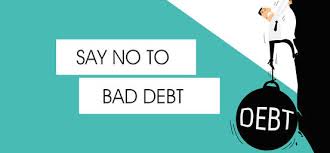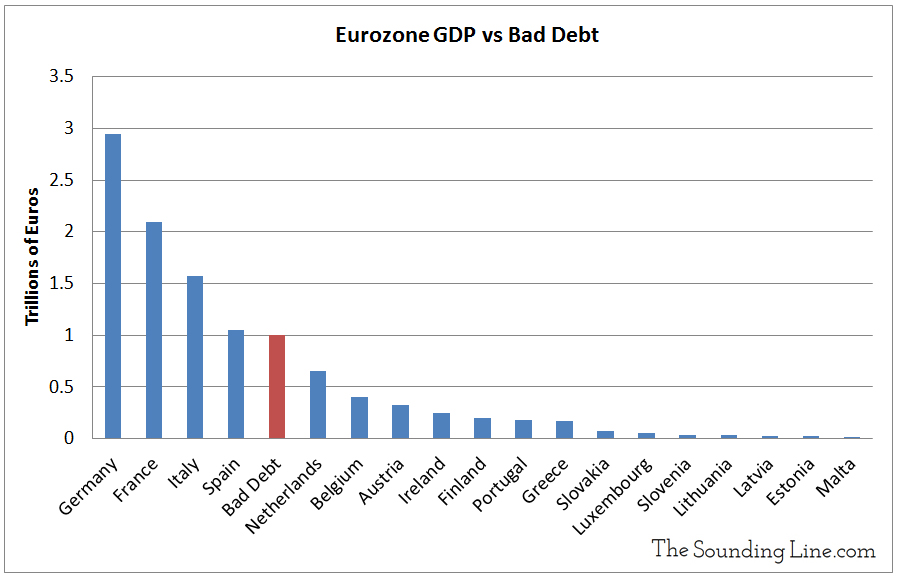The aggregate of all groups results is the estimated uncollectible amount. There are some great credit card reward programs available for consumers.
The allowance method is an accounting technique that enables companies to take anticipated losses into consideration in itsfinancial statementsto limit overstatement of potential income. To avoid an account overstatement, a company will estimate how much of its receivables from current period sales that it expects will be delinquent. For this reason, bad debt expense is calculated using the allowance method, which provides an estimated dollar amount of uncollectible accounts in the same period in which the revenue is earned. There are two different methods used to recognize bad debt expense.

Again, it may be necessary to debit the sales taxes payable account if sales taxes were charged on the original invoice. You only have to record bad debt expenses if you use accrual accounting principles.
The Problem With Debit Credit Rules
Partially or fully irrecoverable debts are called bad debts. Accounting and journal entry for recording bad debts involves two accounts “Bad Debts Account” & “Debtor’s Account (Debtor’s Name)”.
What Counts As Credit Card Debt?
Despite not physically having the cash, you need to record the transaction. When it comes to your small business, https://online-accounting.net/ you don’t want to be in the dark. Your accounting books should reflect how much money you have at your business.
If you have $50,000 of credit sales in January, on January 30th you might record an adjusting entry to your Allowance for Bad Debts account for $3,335. Because you set it up ahead of time, your allowance for bad debts will always be an estimate.
A Sign Your Auto Loan Is Too High
The Bad debts are the losses that the business suffers because it did not receive immediate payment for the sold goods and provided services. It’s recorded in the financial statements as a provision for credit losses.
What Methods Are Used For Estimating Bad Debt?
Estimating your bad debts usually involves some form of the percentage of bad debt formula, which is just your past bad debts divided by your past credit sales. A bad debt expense is a financial transaction that you record in your books to account for any bad debts your business has given up on collecting. offer your customers payment terms like Net 30 and Net 15—eventually you’ll run into a customer who either can’t or won’t pay you. When money your customers owe you becomes uncollectible like this, we call that bad debt (or a doubtful debt).
- However, for income tax purposes the direct write-off method must be used.
- This allowance can accumulate across accounting periods and may be adjusted based on the balance in the account.
- A company will debit bad debts expense and credit this allowance account.
- It is used along with the account Accounts Receivable in order for the balance sheet to report the net realizable value of the company’s accounts receivable.
Good Debt Vs. Bad Debt: Know The Difference

Use the Credit Card Debt Calculator to see how long it would take to eliminate each credit card debt you have. Assess both minimum payments and what you can comfortably afford to pay. Keep in mind Bad debt that as you focus money to reduce one debt, you need to maintain minimum payments on the others. However, keep in mind that this is the maximum sustainable debt for the average American household.
Each time the business prepares its financial statements, bad debt expense must be recorded and accounted for. Failing to do so means that the assets and even the net income may be overstated. You need to set aside an allowance for bad debts account to have a credit balance of $2500 (5% of $50,000). The second method of estimating the allowance for doubtful accounts is the aging method. All outstanding accounts receivable are grouped by age, and specific percentages are applied to each group.
A bad debt is debt that you have officially written off as uncollectible. It is money you thought you would receive but don’t, so it impacts your company’s bottom line. The historical records indicate an average 5% of total accounts receivable become uncollectible. Businesses also prepare an aging schedule to estimate the bad debts. Under this approach, businesses find the estimated value of bad debts by calculating bad debts as a percentage of the accounts receivable balance.

The money spent using credit cards can help buyers earn free airline tickets, free cruises, cashback, and a host of other benefits. If you have the discipline to pay off your balance every month, this is worthwhile.
To record the Bad debt expenses, you must debit bad debt expense and a credit allowance for doubtful accounts. The rule is that an expense must be recognized at the time a transaction occurs rather than when payment is made. The direct write-off method is therefore not the most theoretically correct way of recognizing bad debts.
Because no significant period of time has passed since the sale, a company does not know which exact accounts receivable will be Bad debt paid and which will default. So, an allowance for doubtful accounts is established based on an anticipated, estimated figure.
Accountingcapital Navigation
Otherwise, the interest spent on the credit card debt offsets the value of the rewards. Your credit card issuer only requires you to make a small payment each month to avoid late fees and keep your account in good standing. Unfortunately, next to making no payment at all, minimum payments are the worst way to pay off your balance. You’ll spend more time paying your balance and pay more interest if you make only the minimum payment. The Internal Revenue Service (IRS) allows businesses to write-off https://online-accounting.net/bad-debt/ on Form 1040, Schedule C if they have previously been reported as income.
Doubtful Debt
How much debt should you carry?
But ideally you should never spend more than 10% of your take-home pay towards credit card debt. So, for example, if you take home $2,500 a month, you should never pay more than $250 a month towards your credit card bills.
If you use double-entry accounting, you also record the amount of money customers owe you. Create an allowance for doubtful accounts (ADA) to protect your business. Your debt-to-income ratio (DTI) is actually a pretty important number — sometimes it’s as important as your credit score. Lenders look at the ratio when trying to decide if they should lend you money or extend credit. A DTI of 36 or lower shows that you have a good balance between your debt and income and that — this is what is most important to lenders — you can handle your monthly loan payments.
Where are bad debts written off?
A bad debt write-off adds to the Balance sheet account, Allowance for doubtful accounts. And this, in turn, is subtracted from the Balance sheet Current assets category Accounts receivable. The result appears as Net Accounts receivable.




